Shane Smith Scrambles to Save What’s Left of Vice, the Media Empire He Built – and Blew Up | Exclusive
- Oops!Something went wrong.Please try again later.
- Oops!Something went wrong.Please try again later.
When Vice cofounder Shane Smith disappeared from public view five years ago, it seemed about time.
The swashbuckling entrepreneur had cut a giant swath through media and finance for a decade with the promise of transformative change for news, the claim of millennials’ attention and a vision — or so he said — for building a $50 billion brand.
By that time, Smith himself was set. He’d built an empire, become a boldface name, partied his head off and gotten filthy rich.
The problem was none of it was built to last. So now, as Vice convulses its way forward out of bankruptcy — with Vice TV on life support, Vice.com a shadow of its former self, hundreds of journalists and other staff laid off and the future uncertain — the latest plot twist seems almost scripted.
Shane Smith is trying to buy his baby back.
The entrepreneur who successfully wrested hundreds of millions of dollars from sophisticated investors like Disney, TPG and James Murdoch is back at Vice, pitching a show and advising leadership, according to a source close to the company.
A spokesperson for Vice declined to confirm but said, “Shane Smith’s contributions are integral to Vice.”
According to three knowledgeable individuals, Smith is also trying to raise money to buy Vice back from owner Fortress Investment Group, which led a consortium of lenders that bought Vice Media out of bankruptcy in 2023 for $350 million.
“Shane Smith has been telling anyone who will listen for the last 18 months that he is buying Vice Media back,” a former colleague told TheWrap, noting that in December, Smith was telling friends he “was looking for capital” to finance a deal to buy half of the company for $50 million.
“He’s talking to everybody, literally everyone he can” to fund a deal, said another knowledgeable individual, a media investor who was skeptical that Smith could pull it off.
“It’s not impossible, but it’s hard,” the individual said. “Because everybody who invested before lost their money. Everyone who followed them last time, what did they get for it? They lost a lot of money. Is he still the voice of a generation now that all the staff are being laid off? Perhaps not.”
Smith did not respond to multiple attempts by TheWrap requesting comment. A spokesperson for Vice told TheWrap the company is not for sale. An individual close to the company said the current strategy was to find a joint venture partner to distribute Vice content.
A media morality tale
By now, the story of Vice is being sculpted into a 21st century media morality tale of ambition, excess, greed and collapse.
And for good reason. From a humble start as a Montreal-based arts and culture magazine, Vice grew with the founders’ ambitions to become a global media company valued at $5.7 billion at its height, doing the kind of bold, high-stakes journalism about issues that felt dangerous and new — from melting glaciers in the Arctic to North Korea’s dictatorship, to being on the ground with ISIS fighters, to immigration and racism. It made for a rock ‘n’ roll reputation, plus awards including a Pulitzer, four Peabodys and multiple Emmys.
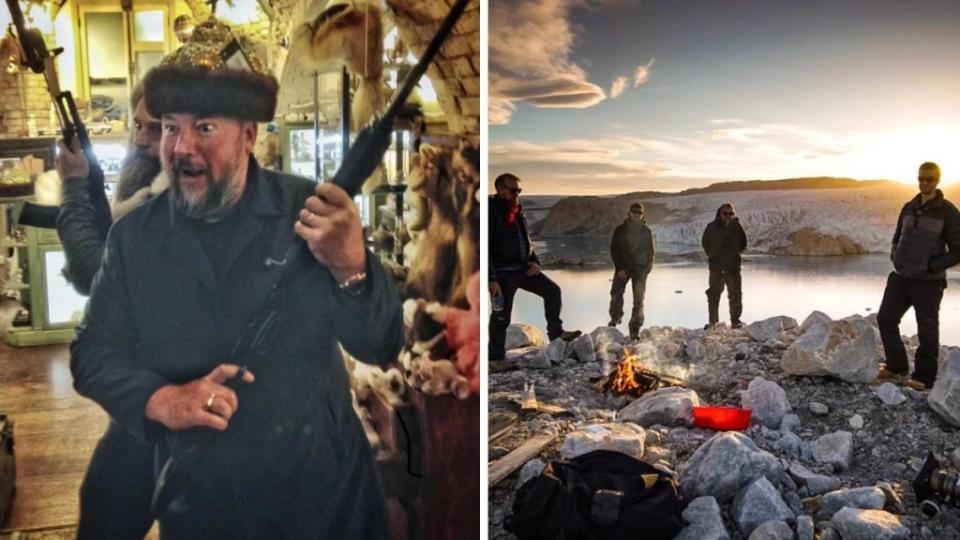
The scrappy early years gave way to stratospheric ambitions (though an ever-scrappy logo) as the 2000s began. Vice founders Smith, Suroosh Alvi and Gavin McInnes moved their headquarters to hipsterville Williamsburg, New York. (McInnes peeled off in 2008 and eventually started the far-right Proud Boys.) The company took out an eight-year lease on a warehouse in Brooklyn, spending $20 million to renovate the 60,000-square-foot building, complete with a huge outdoor bar. A similarly decked-out office was a satellite in the Dogtown part of L.A.’s Venice.
The kids in the office worked all day and all night, and then partied all night again, inspired by the hard-driving Smith. The culture of Vice, which later got the company into trouble, was high intensity adrenaline, all the time. The cool-kid staff reflected exactly the zeitgeist of their time, which was the zeitgeist of Vice. They were the audience.
Inspired by then-creative director and filmmaker Spike Jonze, the company moved decisively into digital video in 2007. Jonze broke new ground by recommending Vice publish its first full-length documentary on YouTube. Vice also launched Virtue Worldwide, a creative services agency, to support the video component and ultimately sell their vision to Madison Avenue. This became a quiet source of much of the company’s revenue.
The sexy stuff came via legacy media. In 2013, Vice Media premiered a 30-minute news program for HBO titled “Vice,” executive produced by Bill Maher. The following year, Vice Media launched its news channel, Vice News, while Vice.com churned out spicy politics and global news. In November 2015, Vice and A&E Networks announced Viceland, a cable network that would feature Vice-produced content.
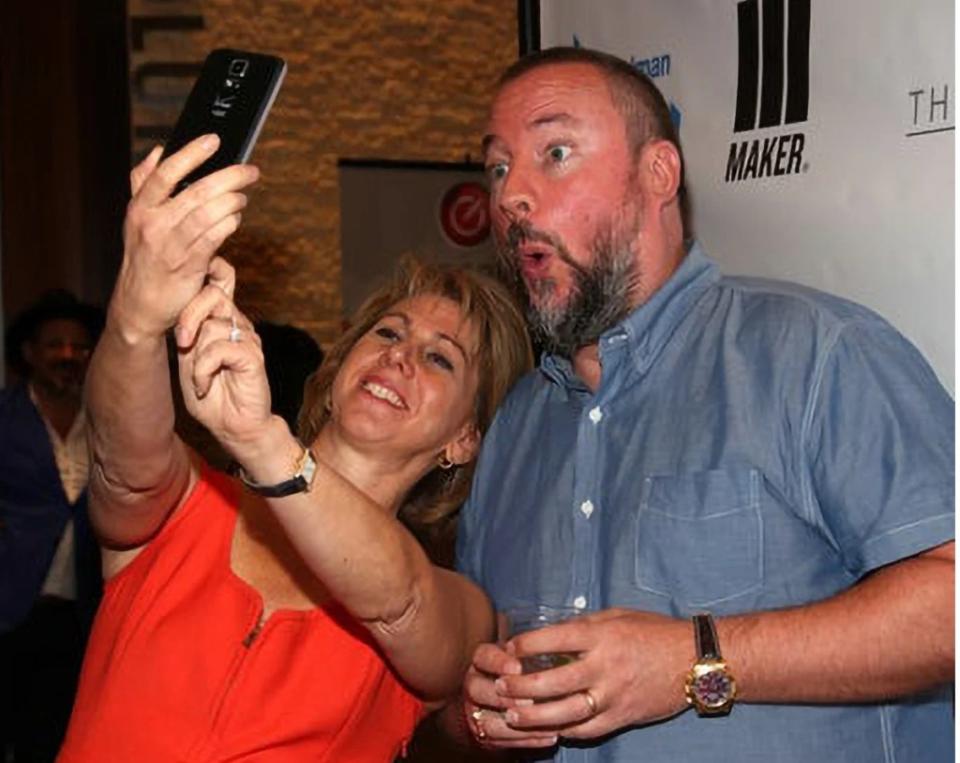
By then, Smith was persuasively arguing that Vice owned the hearts and minds of millennials, and had achieved global scale and a grip on the storytelling language of video, the likes of which legacy media could never attain. The argument, delivered at big media conferences (like TheWrap’s Grill conference) and over outrageously expensive dinners in swanky backrooms in Las Vegas, Brooklyn and Miami, was irresistible to investors, advertisers and legacy media executives alike.
Still, those closest to him say there was real substance underneath all the hype.
“The one thing that always impressed me about Shane was you knew you were in the room with somebody who was faster than most people they met,” the former top executive said. “He was smart. He was maybe not sophisticated his whole life. But you knew he was blessed with quick intelligence, and he figured out the patter, the way of being that let him play to that advantage in a way that surpasses a really great sales guy. He was another level from that. You got the sense that there was something real underneath it he was using to his advantage.”
Financial FOMO
Legacy media began investing at eye-popping valuations. In 2013, Rupert Murdoch’s 21st Century Fox put in $70 million for 5% of the company; then in 2014 A&E came in for 10% of the company at $250 million. The next year, Disney invested $200 million in Vice Media, and then just weeks later another $200 million at about a $4.5 billion valuation, doubling its stake to give it 10%.
Was the valuation based on real numbers? Like so much in this era, it was often fear that drove investment in a future promise.
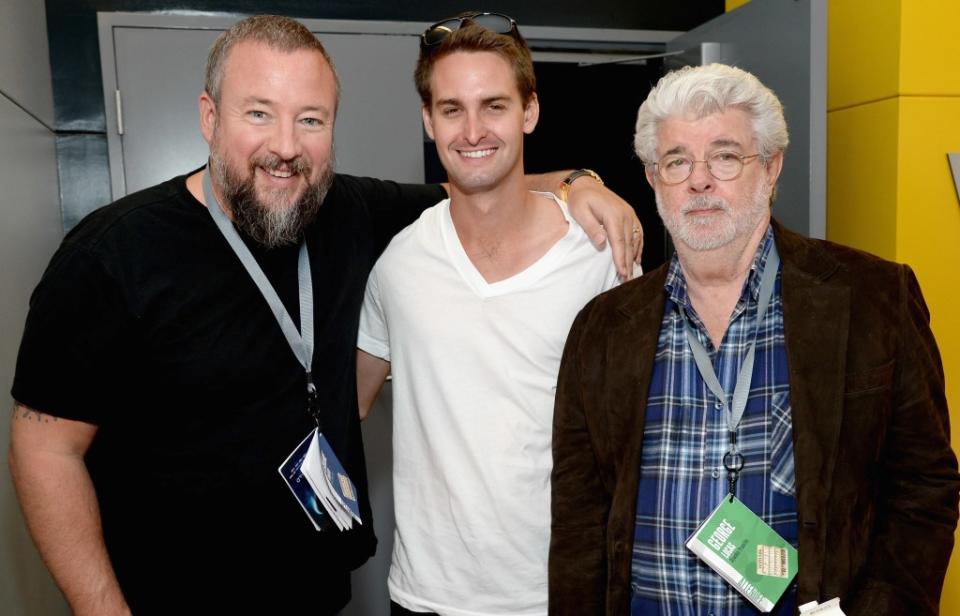
“A lot of these investors in Vice said, ‘Oh my God, we’re missing this boat. We’ve got to get on the boat,’” Jeff Jarvis, director of the Tow-Knight Center for Entrepreneurial Journalism at CUNY, told TheWrap. “They paid way too much for whatever it was. They did it out of fear. It was FOMO. It was pure financial FOMO.”
After “they overpaid like hell,” Vice “overspent like hell,” Jarvis added. “I mean, the offices, the talent they hired, the lavish things that they did.”
“People were tripping over themselves to be investors,” said Jill Abramson, author of “Merchants of Truth: The Business of News and the Fight for Facts,” which chronicles the shift in news in this century. “Big shots” were investing in Vice, she said, “because it was cool to hang out with Shane Smith. That kind of thing wears off fast.”
At that time, Smith was smart enough to take his money off the table. According to two individuals close to the company, the media entrepreneur sold $160 million of his shares around the time of the Disney investment, which has not been previously reported. A Vice spokesperson said that the number was “inaccurate,” but confirmed that “institutional investors — as well as several employees — opted to retire shares that year.
Significantly, Smith seems to be the only person who was enriched in this venture. Tom Freston, the former head of Viacom who invested in 2011, has seen no return at all, according to an individual with knowledge of the company’s finances. Cofounder Alvi never took a windfall, according to that same individual.
“Shane got a lot of money out and nobody else did,” a former member of the Vice board said.
Neither did the senior executive who left in 2018 with a hope that his shares —now worthless — would ultimately pay out. He said Smith led everyone to believe they would see a payday.
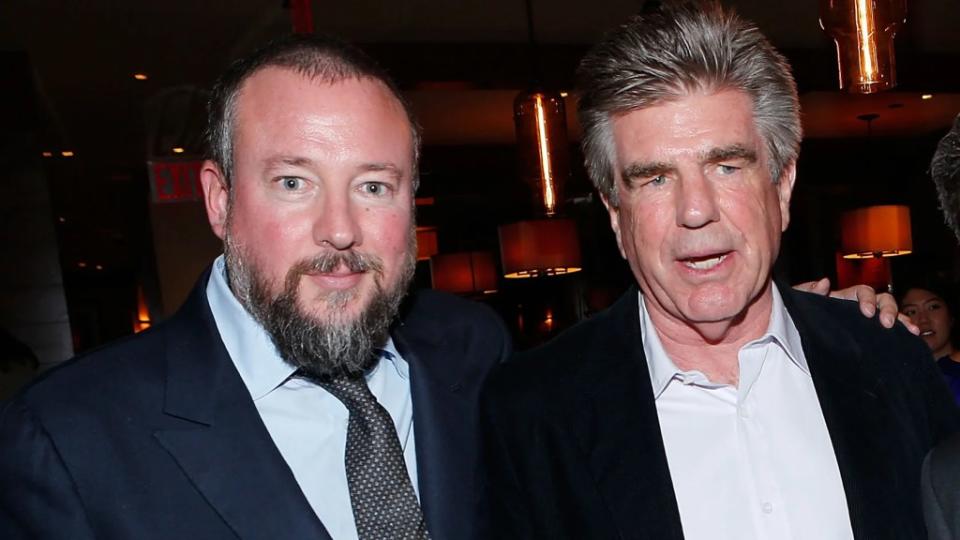
“No one assumed they were working for a Franciscan monk,” the former executive said. “The thing I’m pissed about, disappointed by, was a bigger component. Early on in the company’s history, Shane was very vocal about how everyone was going to be rich. How the success was going to be across the board.
“The biggest sin was he didn’t shift his posture in how he was describing compensation and the opportunity being handed out to hundreds of people being hired, who in no real world were going to become rich,” the executive added. “He was still traipsing around, ensconced in this belief that this was still going to work. Through that lens, he took everybody for a ride.”
The Shane of it
Shane. His gargantuan appetites became the stuff of legend. He knew how to sell, everyone agreed about that. He also knew how to live large — and brag about it.
Smith’s Instagram is packed with photos of dangerous and war-torn locales he has reported from including North Korea, Iran, Afghanistan, Kashmir, Liberia, Yemen and Darfur. And there are pictures with him separately with Presidents Obama and Biden.
Smith’s personal vice is blackjack, which he played in a Las Vegas private salon with $25,000 orange-colored chips known as “pumpkins,” according to numerous sources who know him. A fellow Vegas high roller told TheWrap that Smith would arrive via private jet sent by the casinos with stacks of shrink-wrapped money.
It all went to his head. How could it not?
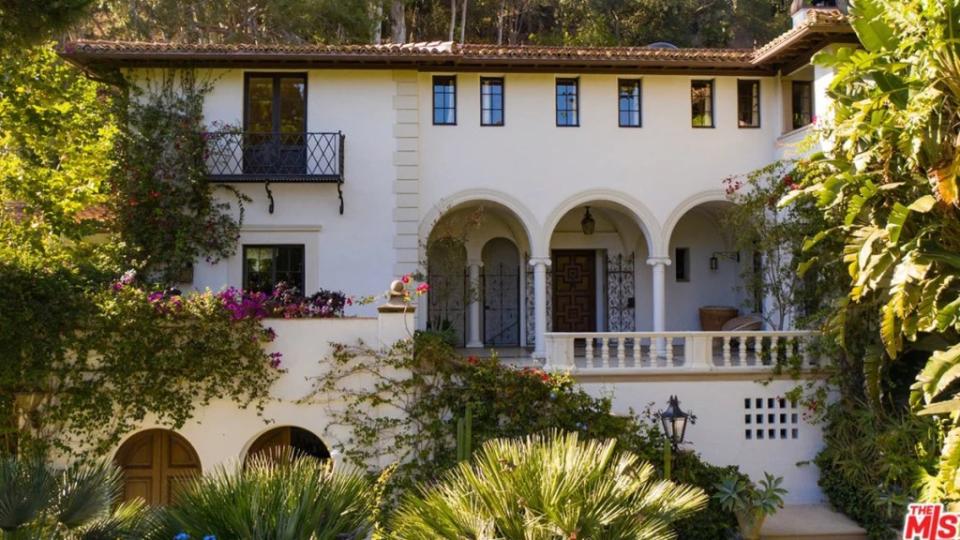
In 2016, Smith invited a Wall Street Journal reporter to the $23 million house he’d just bought (apparently sight unseen) in Santa Monica with his then-wife Tamyka and two small children. After describing the lush grounds and the two beige Range Rovers parked in the driveway (neither of which Smith drove), the reporter asked about a juicy story that was going around.
Smith, it was said, had had a very successful night at the blackjack table during the Consumer Electronics Show in Las Vegas the previous year, and then dropped $300,000 on a meal at the Bellagio steakhouse for the Vice board of directors.
Was it true? the reporter asked.
“It wasn’t a $300,000 dinner,” Smith shot back. “It was 380, plus tip. I broke the Vegas tip record.”
He was equally free spending with his staff. One former executive saw Smith send an assistant to get cash so he could personally give staffers bonuses of $1,500 so they could each buy their mom a present. Smith doled out the packets of cash at the office holiday party in 2014.
Smith cut an infamous profile at the advertising confab Cannes Lions in France, where in 2016 he was named the Cannes Lions Media Person of the Year. Speaking from the stage, he extolled the value and risk-taking behind the news organization and all the dangerous places he and his Vice team reported from around the world.
Smith was famed for renting “The Vice Villa.” Ad executives would clamor to get on the guest list and party in the pool with the Vice staff, who all stayed there — with Smith. At the close of the Cannes festival, he’d throw a techno music blowout at a grungy, black-walled casino, partying on stage with Bono and Apple’s Jony Ive. His good friend Freston was never far behind.
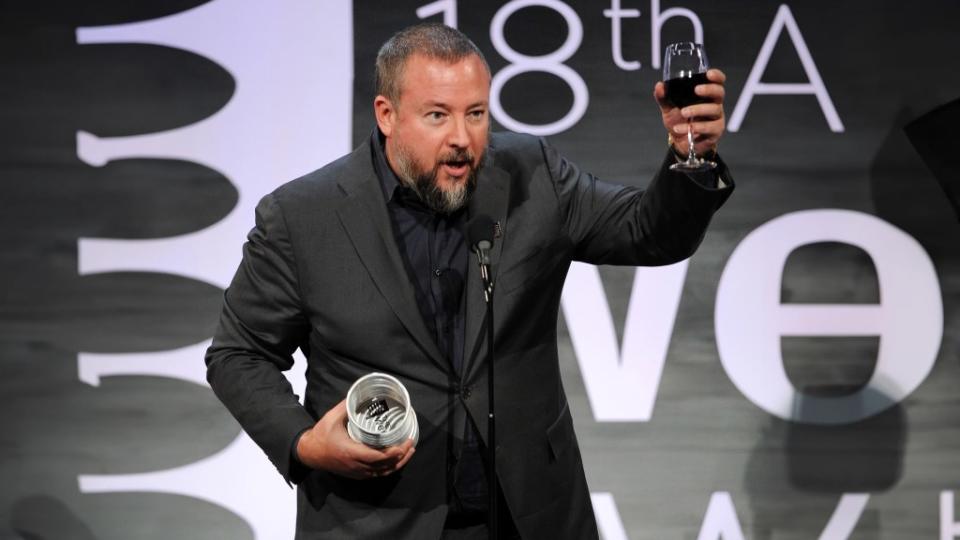
The end of fun and games
It couldn’t last. These things never do.
As a company, Vice never got ahead of its expenses, continually raising money at higher valuations to chase the promise of massive, global scale.
As media valuations began to turn in 2017, Vice raised another eye-popping $450 million, this time from the private equity firm TPG at a valuation of $5.7 billion. The money was slated for still more expansion, for increased spending on scripted programming and ongoing international expansion.
But by then, Facebook and Google had already begun to eat most online advertising.
A lot of these investors in Vice said, ‘Oh my God, we’re missing this boat. We’ve got to get on the boat’ … They paid way too much for whatever it was. They did it out of fear … It was pure financial FOMO.
Jeff Jarvis, director of the Tow-Knight Center for Entrepreneurial Journalism at CUNY.
“There was a basic flaw in their business model, which is they depended so heavily on native advertising,” Abramson said. “The advertising agency Virtue at points had more actual staff members than the creative arm of Vice. Advertising was a bad bet. That’s why all these places are going under.”
Vice didn’t have the massive traffic it claimed, and it struggled to fulfill the advertising impressions sold by its sales department and furiously bought outside traffic to do so, according to numerous former executives. In a statement to TheWrap, Vice called this “categorically false.”
By 2017, “sales were drying up in digital media,” the former top executive said. “The worm was turning on what traffic was getting you. There was definitely a sense among executives that during the [company’s] rise Shane and senior execs were doing a lot of direct selling. Doing the Vegas thing, a lot. And a sense that this faded off as rounds were being raised.”
Another top media executive said that Vice struggled to develop its own audience. “They never had an ongoing day-in, day-out, large following that came to them or to Vice.com directly,” the executive said. “They were always dependent on other folks and platforms. When HBO didn’t want to run Vice News any more, that was a big problem … And that’s why the valuation was way too high because they were in essence then a production company.”
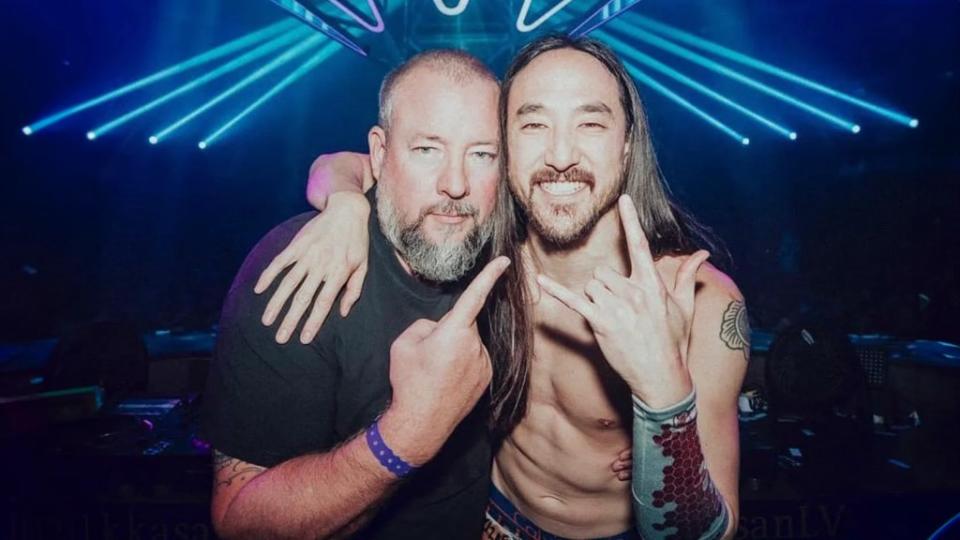
In reality, Vice Media was not reinventing media. It was simply a really cool production company that was making TV shows to syndicate, Jarvis came to realize.
“It wasn’t that innovative of a model,” Jarvis said. “And [Smith] defended it … ‘Oh, there’s a lot of money there.’ Well, you’re competing with Hollywood, which is not easy, and there was nothing particularly new about it. So they were vulnerable.”
Management was not their strength. “It was Peter Pan and the Lost Boys in that place,” a former top executive said. “Peter knows what’s going on, but the Lost Boys are lost.”
Then in December 2017 came a devastating exposé in The New York Times revealing four settlements involving allegations of sexual harassment or defamation against Vice employees. And 20 other women told the publication they had experienced or observed sexual misconduct, including unwanted kisses, groping, lewd remarks and propositions for sex.
The Shane era was over. Three months later, Smith stepped down. Nancy Dubuc, the former head of A&E, was named CEO. And Smith was to be seen no more.
Journalism lost
The final years of Vice’s decline, coming in parallel with the decline of the other digital media darling for a young generation, Buzzfeed, are a story of in-fighting between debt holders looking to get their money out and those who believed there was still a company worth saving.
While Dubuc may have not been the strongest leader, by all accounts she was hamstrung between two warring owners: Fortress — who owned debt — and TPG, which had made a massive investment at a valuation that would never be seen again.
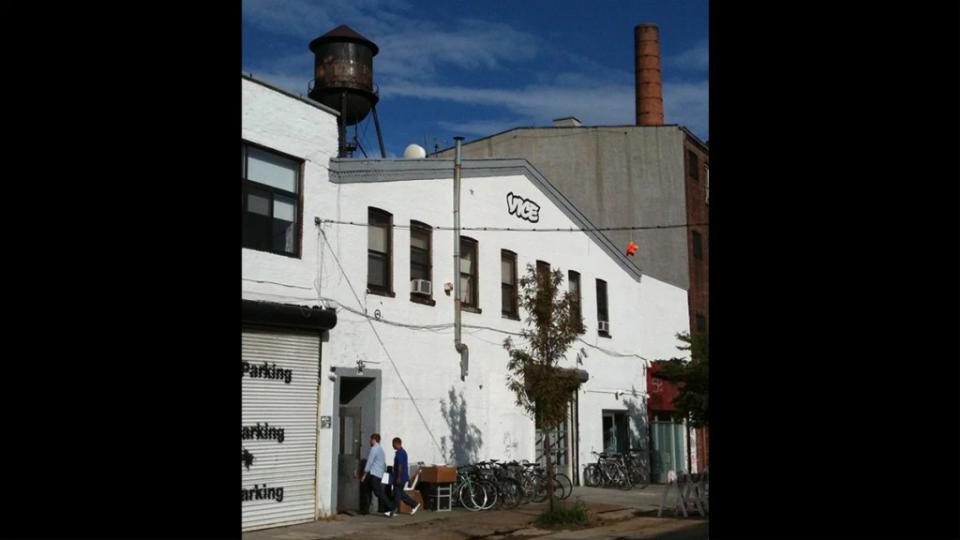
As the company debated an IPO, Smith once again stepped in to raise money in September 2021. He pulled in $135 million from some of its existing investors, including James Murdoch’s Lupa Systems, TPG and TCV, as well as Sixth Street and Saudi Arabia-funded Antenna Group.
The company was fully dysfunctional at that point. “We were clocking $10 million a month in legal fees,” the former board director said. “We had $100 million in nonoperating costs over a two-year period. There was no way the company could survive that.”
In a statement to TheWrap, Vice called the legal fees “wildly inaccurate and false.”
The former director said “Buzzfeed, Vox and Vice should have just merged — maybe that would’ve survived. Maybe.”
At this point, Vice is mainly an advertising agency and a production studio, functioning under the Pulse films and Vice Studio labels. The focus, said an individual with knowledge of Fortress’s thinking, is “on being a business-to-business content company.” The executive said Fortress expects Vice to be profitable in the second half of 2024.
The news side, once the heart of the company, is gone. “Vice is shifting to a studio model, producing and providing best-in-class content to distributors around the world,” the Vice spokesman told TheWrap. “Vice has exited the costly day-to-day news business.”
The individual with knowledge of Fortress said the advertising agency is “the very core to the strategy going forward.”
Said the Vice spokesman: “This is the end of the chapter – not the book- for Vice. Any reporting to the contrary is both short-term and short-sighted as it misunderstands Vice’s strategy going forward.”
The chasm between what could have been and what was will go down as a modern media tragedy. The promise of Vice and the potential of Smith’s vision for the brand was real. With proper management and a focus on what worked instead of unalloyed growth, the brand truly had a shot.
“We had a golden opportunity to be a bright spot in this story,” the executive who left in 2018 said. For all its flaws, he said, Vice had assembled an unparalleled team of young journalists, driven and motivated to tell the stories of their time.
“Whatever good journalism gets done in the next 10 years will be done by someone laid off at Vice.”
Natalie Korach contributed reporting for this article.
The post Shane Smith Scrambles to Save What’s Left of Vice, the Media Empire He Built – and Blew Up | Exclusive appeared first on TheWrap.

